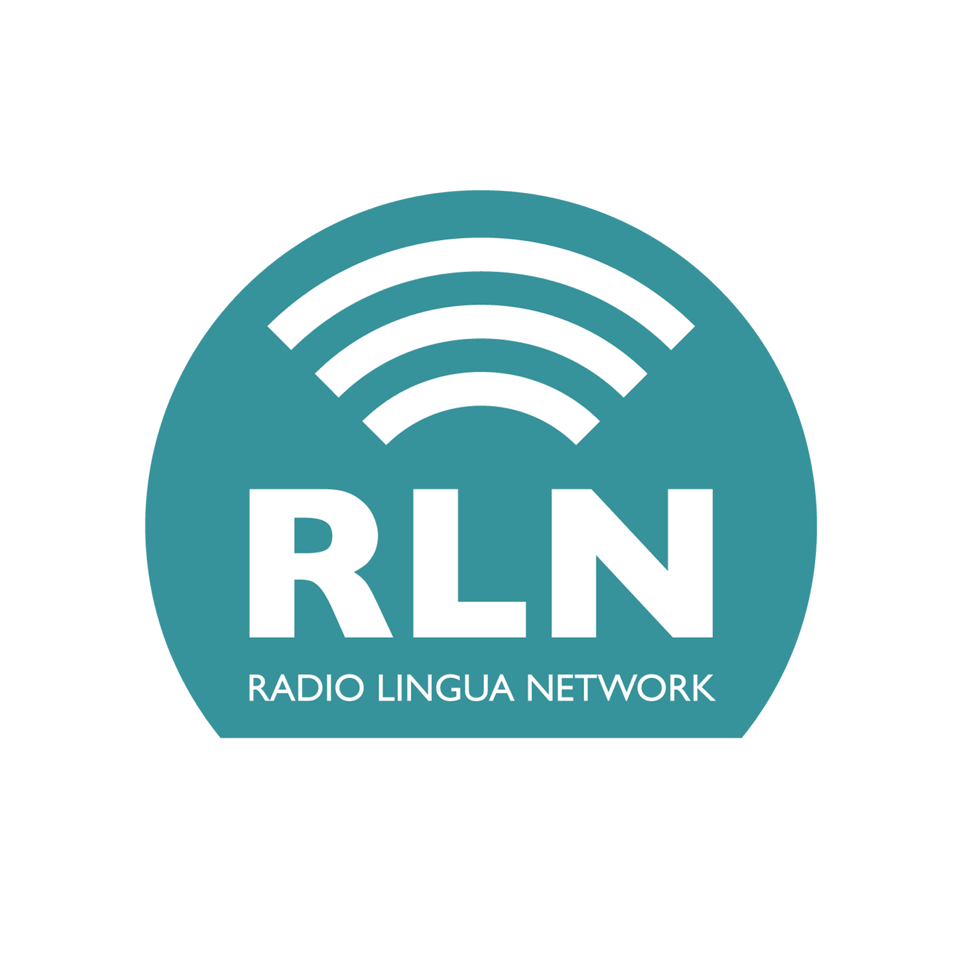The Spanish R is one of the most distinctive sounds when you listen to a native speaker.
For a learner, getting your mouth around the R might not only be challenging, but it can also be tough to know how and when to use it.
The Coffee Break Spanish Show is a podcast series of bite-sized, friendly conversations that demystify tricky Spanish language topics. In the latest episode, Mark and Anabel dive into Spanish pronunciation and chat about how to say the letter R.
Anabel shares valuable tips on how to achieve the correct pronunciation of the Spanish R – both when simple and when rolled – and gives us some creative ways to practise it.
Continue reading to find out more and why not listen to the podcast as you go?
The simple R – R you ready?
To pronounce the simple R sound in Spanish, you need to place the tip of your tongue above the back of your teeth, on the roof of your mouth. It’s the same place where you place it to pronounce a D. While you gently touch that point with the tip of your tongue to make a D sound, you have to “caress” it in order to pronounce the R.
If you are good at accents, Mark’s tip is to try saying words like “city”, “bottle” or “letter” in a New York accent. The sound made to pronounce the T in those words is very close to the Spanish R!
Now that you know how to say it, it’s important to practise. Here are some drills that will help you to master this sound:
ara – are – ari – aro – aru
era – ere – eri – ero – eru
ira – ire – iri – iro – iru
ora – ore – ori – oro – oru
ura – ure – uri – uro – uru
Once you have these, you can start practising with real words in Spanish, like:
caro
expensive
era
I was
giro
turn
huerto
vegetable garden
Pay attention to the letter combinations in the sounds and words we’ve seen so far, as this will help you to recognise when to make the simple R sound, as opposed to the strong R. When the R comes between two vowels (for example in caro) or at the end of a syllable (for example in huerto, the sound will be a simple R, rather than a strong R. We also pronounce a simple R when an R appears after a consonant, unless it’s an L, S or N (e.g brazo – “arm”).

The strong R – roll with it!
Now that we know where to place the tip of our tongue, we are going to keep it there, relax the tongue and exhale air strongly. With time and practice, the tip will move creating that double R sound. One shortcut is to try to say PR, placing your tongue in the right spot above your teeth. Then, try extending the R sound and saying prrr and brrr.
It can be tricky at first, but ¡no te preocupes! Practise as much as possible and soon you’ll have mastered the sound!
When you are able to say prrr and brrr, it’s time to practise with other drills. Try working your way through the following sounds:
ra – re – ri – ro – ru
arra – arre – arri – arro – arru
erra – erre – erri – erro – erru
ira – irre – irri – irro – irru
orra – orre – orri – orro – orru
urra – urre – urri – urro – urru
pra – pre – pri – pro – pru
bra – bre – bri – bro – bru
cra – cre – cri – cro – cru
tra – tre – tri – tro – tru
fra – fre – fri – fro – fru
dra – dre – dri – dro – dru
gra – gre – gri – gro – gru
As you may have noticed, this sound appears in Spanish when you have two Rs between vowels (e.g. perro – “dog”) or a single R at the beginning of a word (e.g. rápido – “fast”). We pronounce a rolled R when we find an L, S, or N before the R (e.g. alrededor – “around” or enriquecer – “enrich”). Note that when an R comes after any other consonant, we pronounce a simple R, rather than a rolled R.

Let’s practise!
One challenging word to practise is carretera, “road”, which contains both sounds – the simple and double R. A tip is to split it up and practise saying carre- and -tera as if they were two separate words.
Here are some trabalenguas, “tongue twisters”, to challenge yourself. You can hear Anabel pronounce these in the podcast episode. Like tongue twisters in any language, these are nonsense phrases! Still, in case you’re wondering, we’ve included the English translations:
Tres tristes tigres tragan trigo en un trigal.
Three sad tigers swallow wheat in a wheat field.
El carril del tren es rápido, caro y raro.
The train line is fast, expensive and rare.
El perro de Pedro rasca a la rata.
Pedro’s dog scratches the rat.
Enrico enriquece el rico arroz.
Enrico enhances the delicious rice.
Keep your Rs up!
If you found this post interesting, make sure to listen to the full episode with Mark and Anabel on The Coffee Break Spanish Show. In this series of chats between our language experts, we look at a range of topics for Spanish learners, so make sure to subscribe to our podcast feed and our channel on YouTube.
Plus! To get regular free Spanish lessons in your inbox, you can sign up for our short (coffee-break-sized) email lessons that will help you improve your Spanish. You will also hear from Mark, the founder of Coffee Break Languages, giving advice for language learners at any level. Sign up below!
Remember to be patient and keep on practising – ¡Recuerda ser paciente y practicar!
Happy Coffee Breaking!




